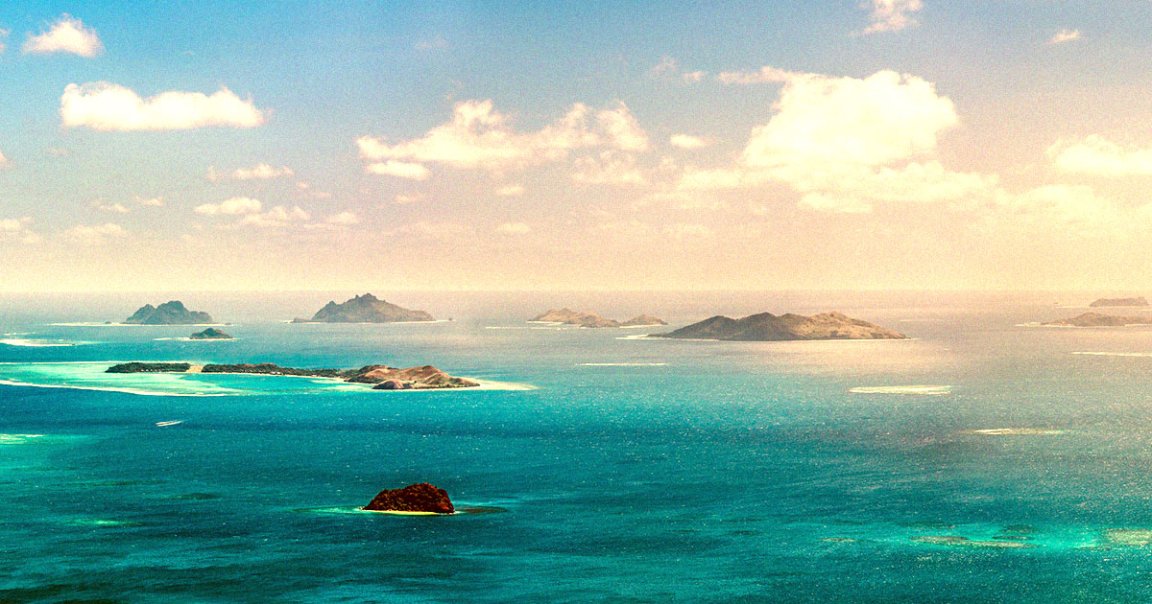
Ocean Superstrucuture
A massive “superstructure” of igneous rock lurking below the surface of the Pacific Ocean, east of the Solomon Islands, has long puzzled scientists.
The structure, dubbed the Melanesian Border Plateau, which stretches across an area of 1,000 by 200 miles, is suspected to have been formed around 100 million years ago, and is still growing to this day.
But now, as Live Science reports, researchers may have figured out how the plateau originally formed during the Cretaceous period, a time that was marked by pulses of volcanic action that remain poorly understood.
A new paper published in the journal Earth and Planetary Science Letters suggests the plateau was the result of not just one but “four distinct episodes” of volcanism. That makes it markedly different from other major structures, which were the result of just one episode.
And the effects these episodes can have on the planet can be devastating — some have even been associated with drastic climate changes, triggering mass extinction events.
Volcanic Pulses
But that likely wasn’t the case for the Melanesian Border Plateau, where its layers of igneous rock appear to have been built up over extended periods.
“There are some features in the Pacific basin where [scientists] have only a single sample, and it looks like a very large massive single event,” lead author and University of Nevada, Las Vegas geoscientist Kevin Konrad told Live Science. “Sometimes when we sample these features in detail, we realize they’re actually built over multiple pulses over tens of millions of years and wouldn’t have significant environmental impacts.”
By studying the chemistry of rocks pulled up from around the area over the last decade, Konrad and his colleagues concluded that the plateau first formed around 120 million years ago, going through several changes as it drifted over hotspots in the Earth’s mantle and forming chains of underwater islands in the process.
And many other “ocean mid-plate superstructures” may still be found as we continue to scour the world’s oceans.
“As we sample in more detail,” Konrad told Live Science, “we’re going to find more complexity.”
More on tectonic plates: Scientists Discover Molten Hell Zone Beneath Earth’s Tectonic Plates